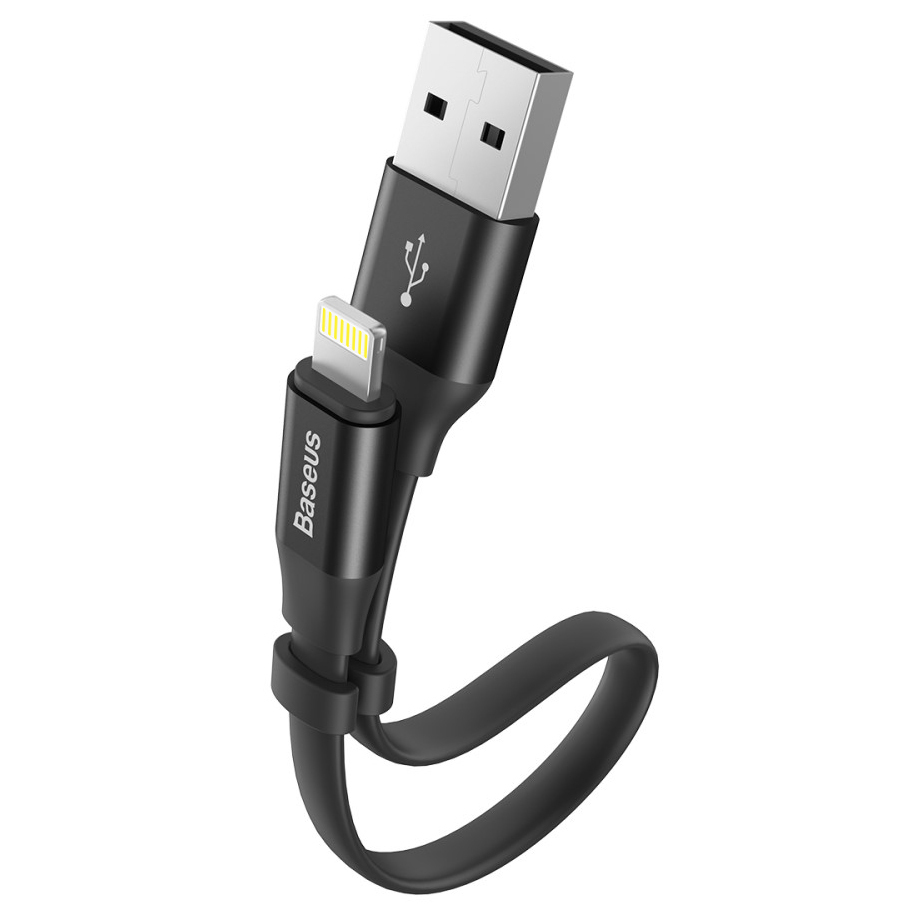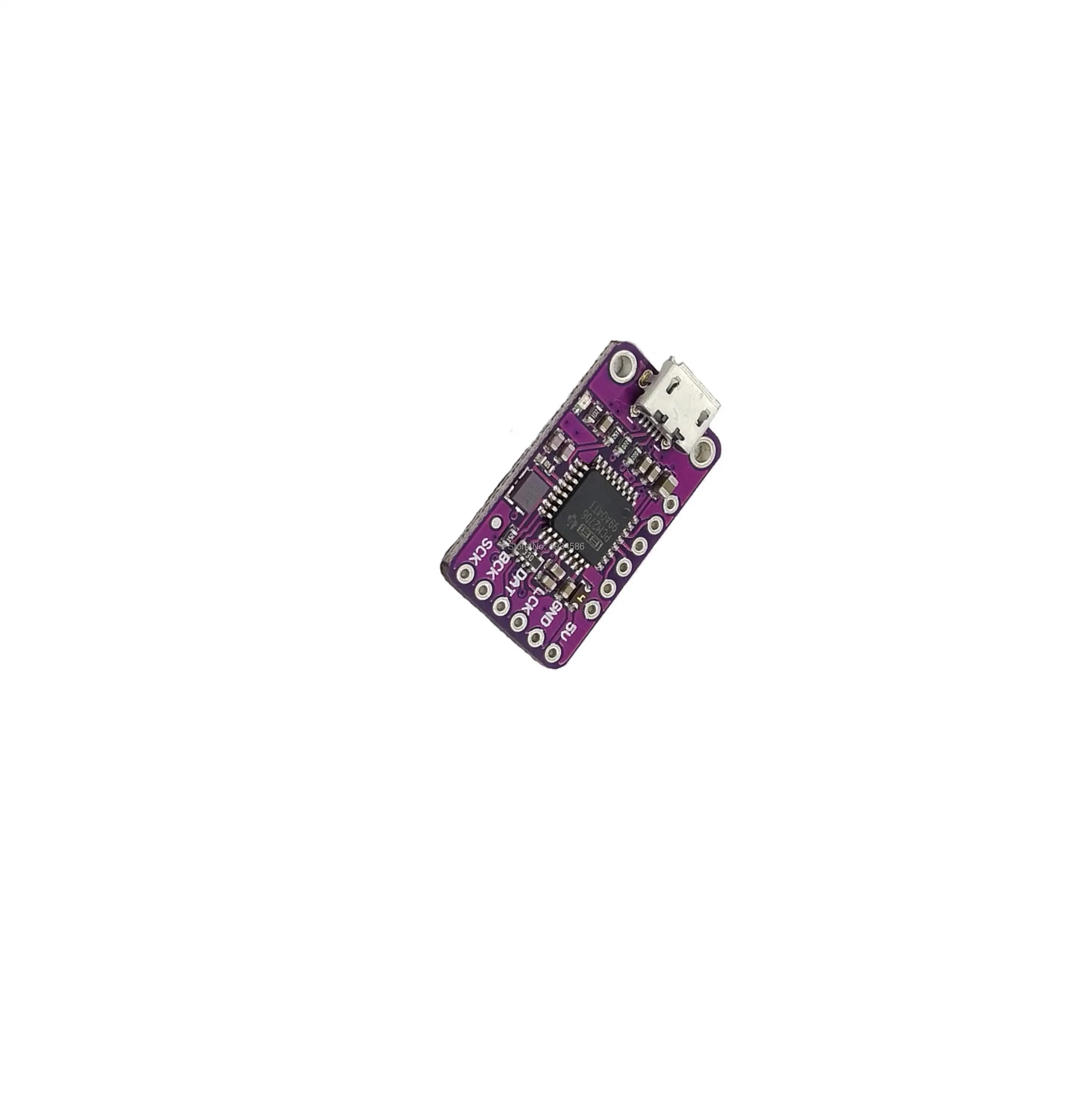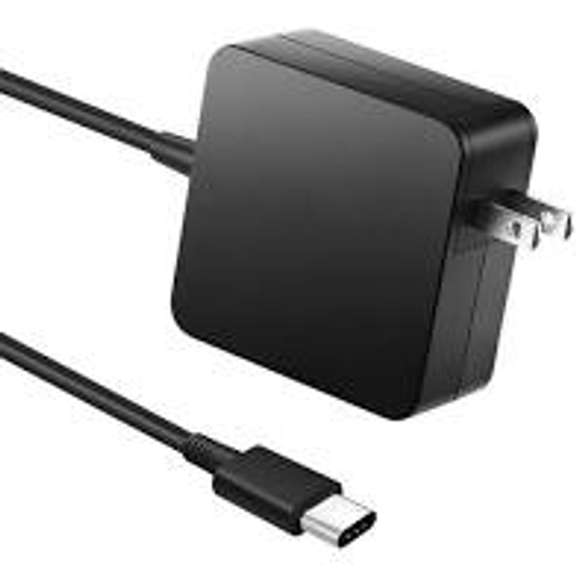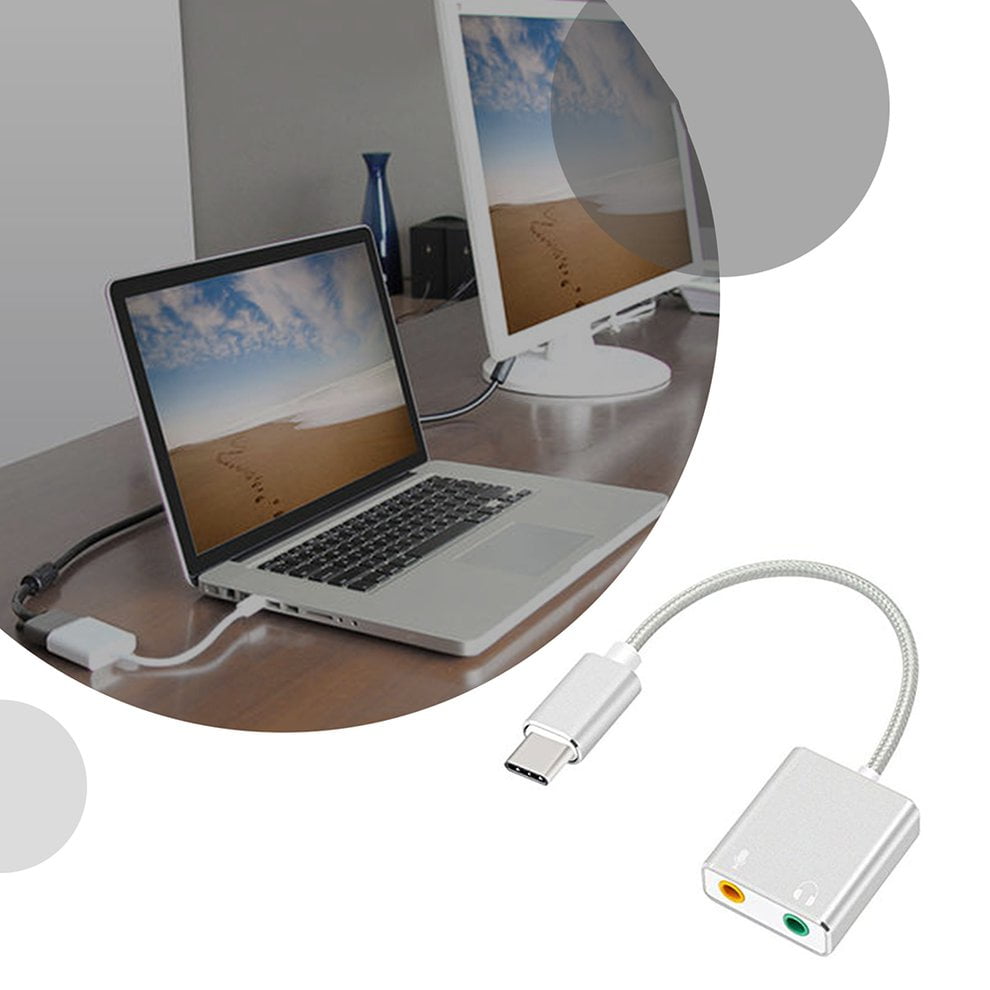

So it's, it would only do this the first time you plug it in basically.

I don't know if it's supposed to do that. So this is a first for me too.Īlright, so when you first powered up, it makes like a sound. And it functions mostly I don't know if this is how it's supposed to sound but at least most actually does what it should do. And then I sucked up all the solder on it, and then re soldered it. And that got it off, strip the hell off of it. So basically, I put some epoxy remover on it. It was really, I guess it was heating up mixing in and then out gassing and doing really weird stuff. But the problem with doing that it was actually contaminating the solder and putting voids in the solder. And so if you tried to solder it, that stuff would actually got to the point where because I started just like trying to melt through it, and just re solder everything. But the problem was it was like coated in like some conformal coating, shell shellac stuff. And seems like oh power, we need to re solder it. And so we and basically, I started flexing the board and then it started working again. And it was toast, right? Oh, yeah, it was. So it's a it's a circuit circuit board module that goes inside the Jeep Wagoneer that basically when you leave your keys in the doors open a goes belong, belong, belong belong and lets you know that your keys are in the ignition. I haven't plugged it into the wagon yet, but going by the factory service manual, it all functions how it should function, and just just do a reminder of what what all that was. Yeah, refresher, the Jeep wagon chime module that we were talking about, I finally fixed it, I think you've made it.

So this is kind of like a project update. So it's been a couple of podcasts since we've had just a Steven and I podcast. We are your host, Stephen Craig and Parker Dolman. Hello and welcome to the macro fab engineering podcast. Visit our Public Slack Channel and join the conversation in between episodes!
#Usb c mac power chime manual#
Embedded in consumer products to provide easy access to a digital manual when the original paper version is long lost, or it could be put on a clothing label and used to communicate the optimal settings to a washing machine.
#Usb c mac power chime Bluetooth#
Bluetooth chip doesn’t need a battery because it harvests energy from the air.Trying a special coax connection – Different rings on top and bottom.Gold fingers and connectors – They work!.There is a lot to do so it is taking a bit of time Maybe MPS has a good standalone current limiter?.Handles more power then I need but no built in current limiting.Possibly breaking this HUB circuit into its own to prototype?.Would need 4 MP62551 but I can provide 2A total verse 500mA.This PRTCTL needs to operate the enable pin on the USB Power Switch.Then the LAN9514 also drives the pin low.When the USB Power Switch senses an overcurrent it needs to drives the PRTCTL pin low.It operates as an open drain with an internal pullup.

Single I/O that operates as a input and output.If you ever want to revert the changes, simply replace the “true” in the command with “false” or enter in the following command in Terminal:ĭefaults write ChimeOnAllHardware -bool false open /System/Library/CoreServices/PowerChime. If you want, you can follow this tutorial if you want to customize the charging sound. If the changes don’t take place immediately, restart you Mac. With the command entered in, hit the return key. With Terminal open, enter or copy and paste the following command:ĭefaults write ChimeOnAllHardware -bool true open /System/Library/CoreServices/PowerChime.app & It can be found in the Utilities folder, which is found under the Applications folder. If you want to enable the charging sound on your older MacBook for some added personality or confirmation, you can do so quite simply. By default, the charging sound is disabled for MacBooks that charge via MacSafe, but ever since macOS 10.10.3, the sound is preset on every single Mac.
#Usb c mac power chime pro#
As a result, Apple brought the charging sound present in iOS over to the new MacBook, and subsequently to the MacBook Pro with the 2016 refresh. With the introduction of the 2015 MacBook, Apple decided to ditch MagSafe, and the charging LED, in favour of USB-C. With the MagSafe charger used on MacBooks for years, it was easy to see if the device was charging and if it was fully charged simply by looking at the status LED.


 0 kommentar(er)
0 kommentar(er)
